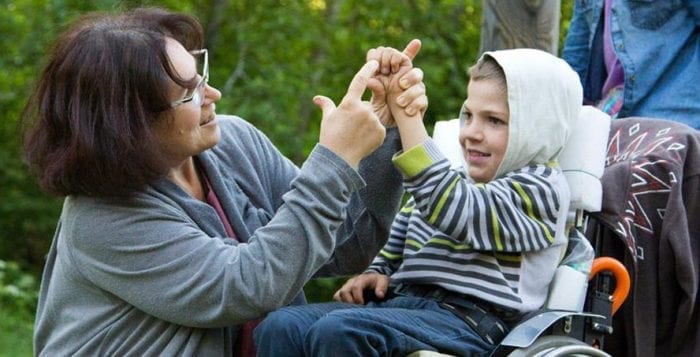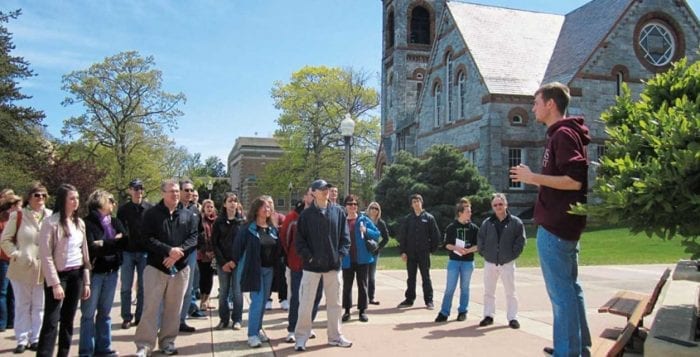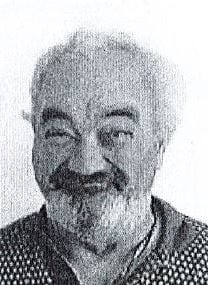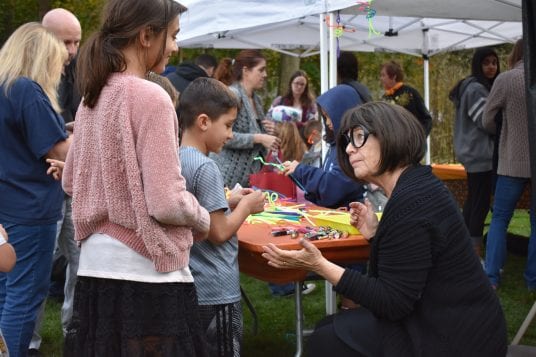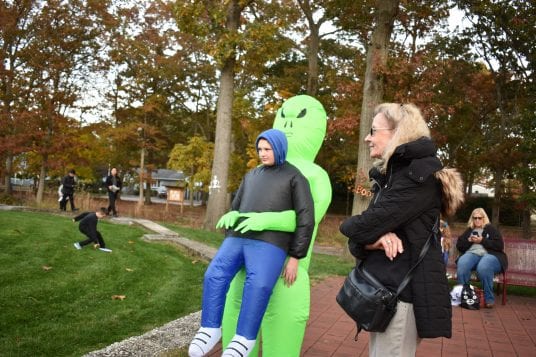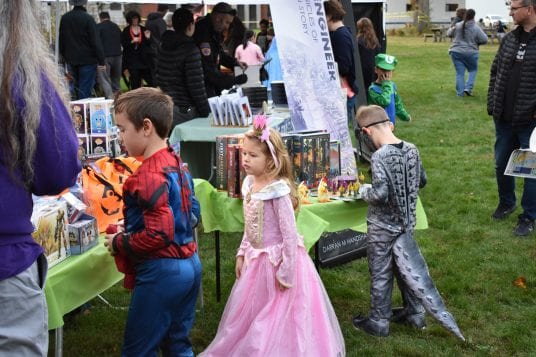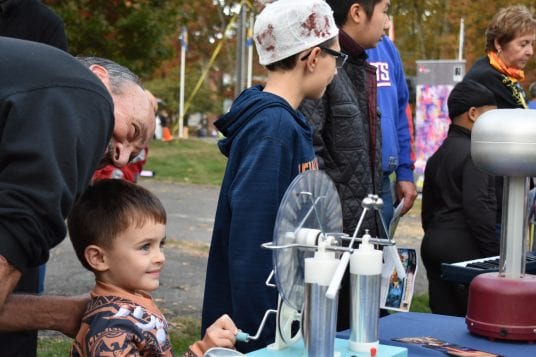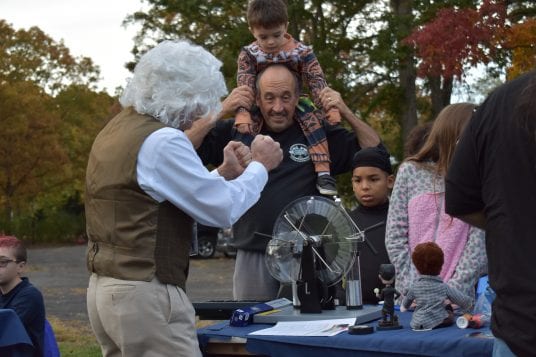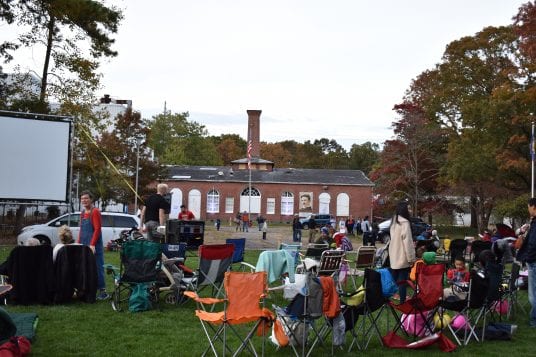
THE FACTS: My grandson Frank is disabled and will likely need medical and financial assistance as an adult. I would like to name Frank and my other grandchildren as beneficiaries in my will, but I am concerned that doing so may make Frank ineligible for government assistance programs.
THE QUESTION: How can I leave Frank money without interfering with whatever government benefits he may be receiving at the time of my death?
THE ANSWER: The best way to provide financial support to Frank without making him ineligible for needs-based government benefits like Medicaid and Section 8 housing assistance is to direct your executor to put Frank’s bequest in a supplement needs trust, (SNT).
An SNT is designed so that the trustee can use trust assets to supplement the government benefits that the disabled beneficiary may be receiving. Trust assets can be used to enhance the life and well-being of the beneficiary. They cannot, however, be used to pay for goods and/or services provided to the beneficiary by the government.
For example, the trustee may pay for a disabled beneficiary’s cellphone, car or vacation but cannot pay for medical treatment if the beneficiary is receiving Medicaid. Similarly, if the beneficiary’s housing costs are covered by a needs-based government program, the trustee can use the trust asset to furnish an apartment but cannot pay the rent.
As mentioned above, in your will you can direct your executor to fund a testamentary SNT that will be administered by a trustee of your choosing. In the alternative, you can create and fund an SNT for Frank during your lifetime. One advantage of this approach is that other family members can then contribute to the SNT either directly or by a bequest in their own wills. In either case, Frank will benefit from your generosity because rather than his inheritance being used for necessities, the trust assets can be used for things that will enhance his life, make him more comfortable and make each day more enjoyable.
To create an SNT, you should contact an attorney who has prepared trusts in the past and who has experience working with clients concerned about the future of their disabled beneficiaries.
Linda M. Toga, Esq. provides legal services in the areas of estate planning and administration, real estate, small business services and litigation from her East Setauket office. Visit her website at www.lmtogalaw.com or call 631-444-5605 to schedule a free consultation.

